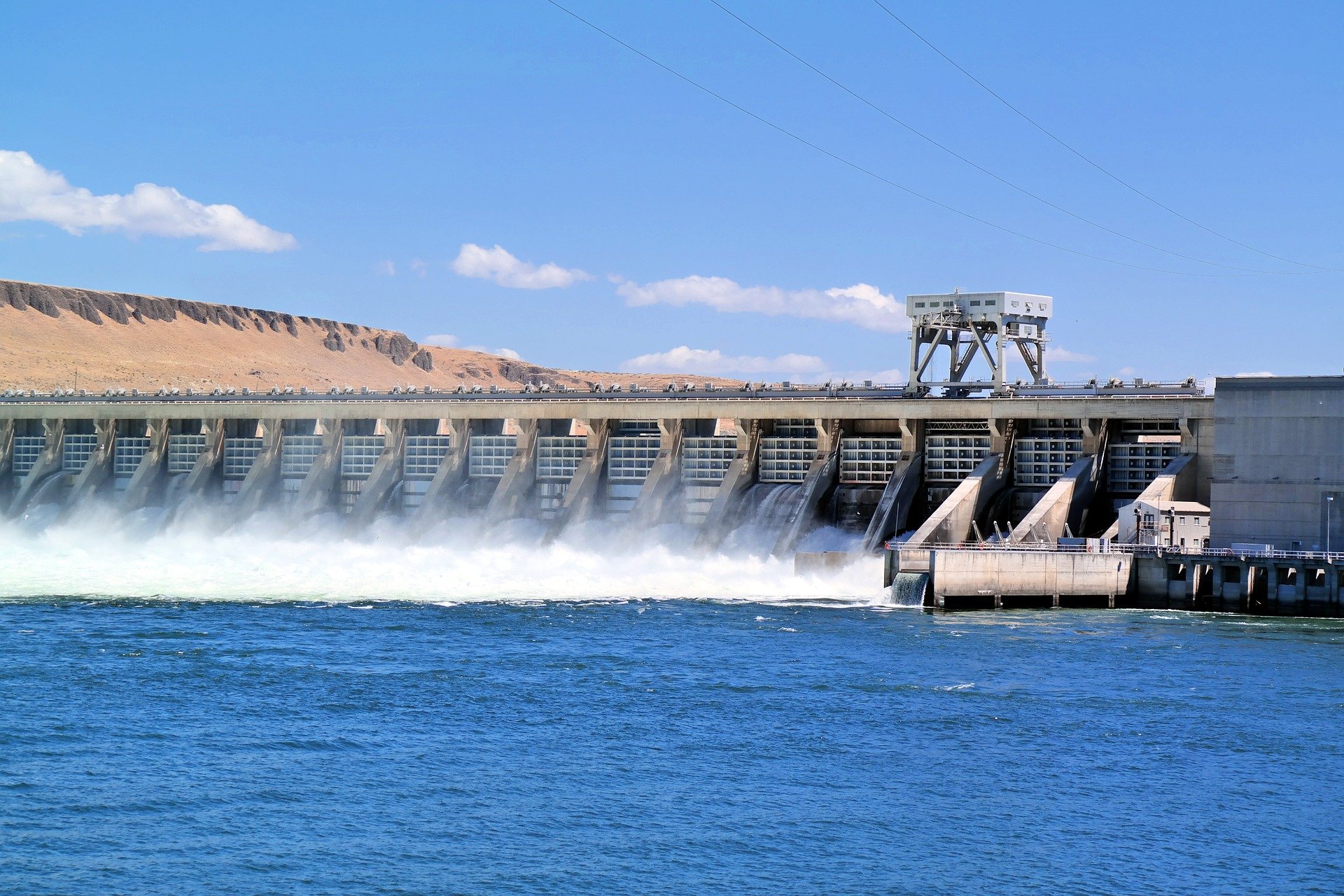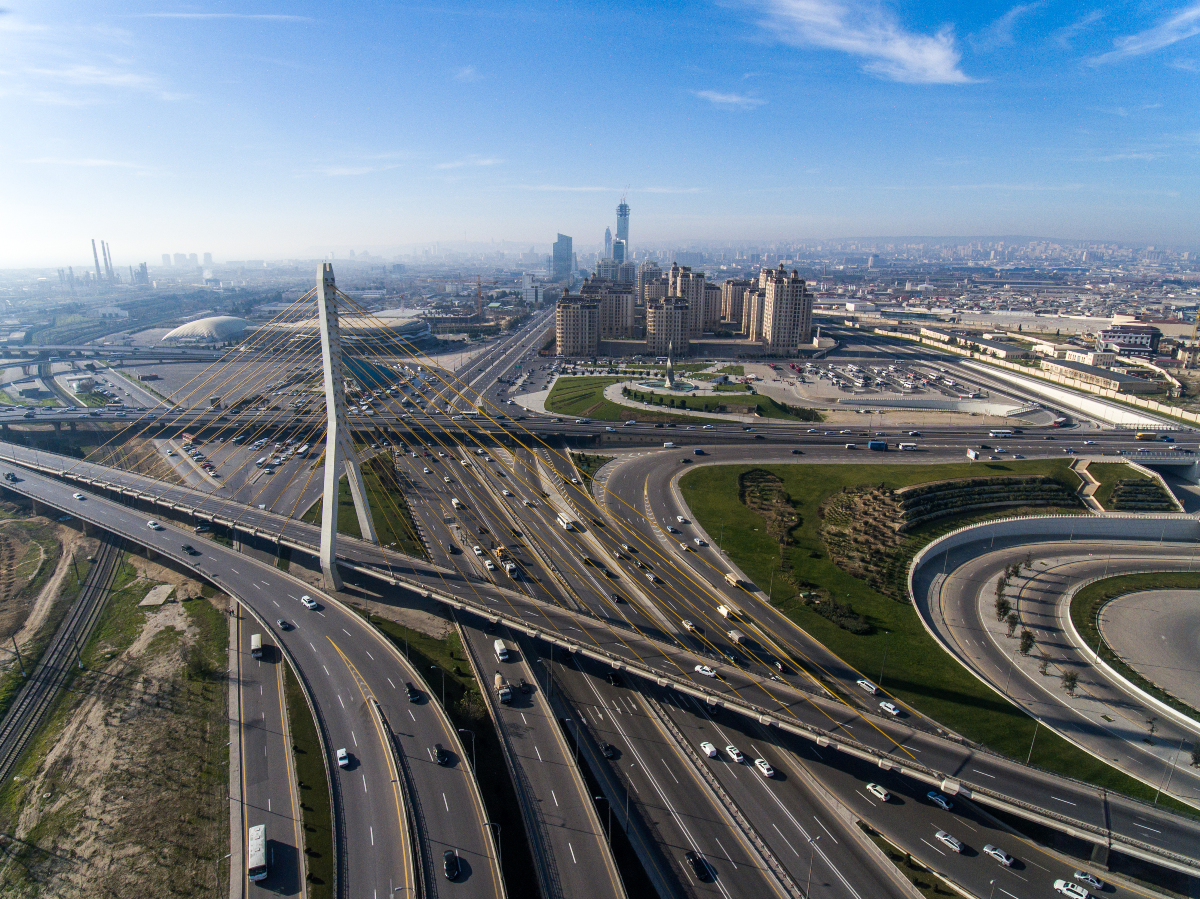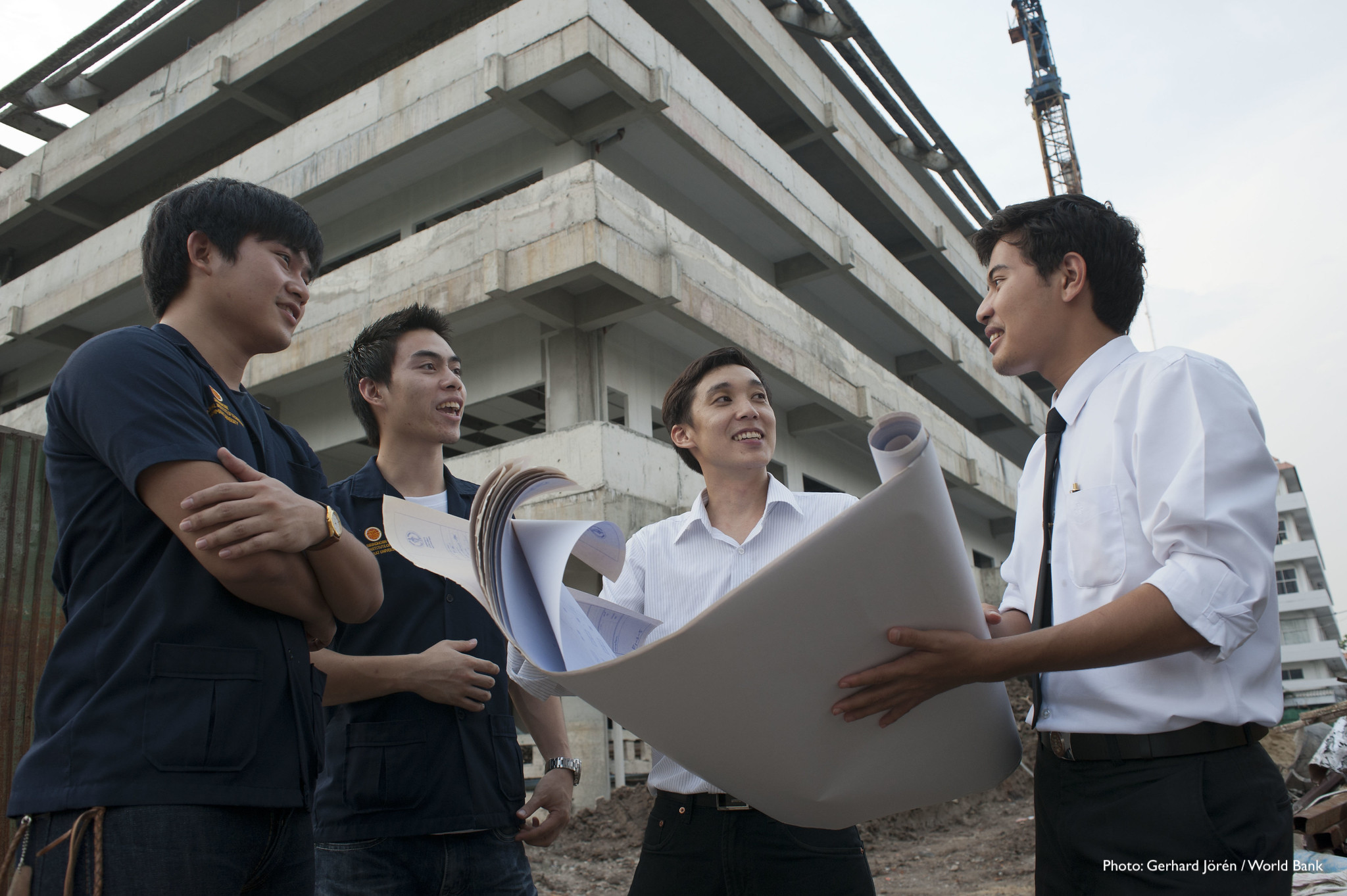
ATTRACTIVE JOB OPPORTUNITY: Why youth should choose a career in disaster resilient infrastructure
By Ms. Shradha Dagar
Over the course of our lives, we will spend more than one-third of our time in the workplace. Obviously, it is important to love what you pursue as a career, but it is often not an easy decision to make. Careers that have relevance to current and future realities of our planet offer great opportunities for personal and professional growth. One such career option is disaster resilient infrastructure.
If you have not heard about this field, let me briefly explain. Our world is facing numerous challenges such as global warming, disasters and natural hazards. We can lessen the impact of disasters through early preparedness and careful planning. To ensure a resilient and sustainable future, we need creativity, innovation, willingness and youth engagement.
Young people in today’s world are full of creative potential, energy and capabilities to help build a better and more sustainable future. Introducing disaster management and resilient infrastructure to the curriculum of educational institutions will make it increasingly possible for youth to apply their knowledge, confidence, passion and empathy towards vulnerable communities.
Why do we need disaster resilient infrastructure?
The main sectors of infrastructure cover water, sanitation, education, transport, power, communication, energy and health, among others. When a natural or manmade hazard strikes, our infrastructure is directly impacted. Loss of human lives, damage to property, disruption of supply of food, energy or fuel, power, communication system and transport facilities are the direct impacts of any hazardous event. Some of the indirect impacts include long-term financial losses, risk of endemic diseases, hygiene and sanitation problems, reduced access to drinking water and other facilities and increase in cost of living.
Resilience is the ability of a system to anticipate, absorb, bounce back and recover from the impacts of disruptive events. Building resilience to infrastructure is crucial to reduce vulnerability to natural hazards. This can be achieved by improving protective measures taken in the process of building the infrastructure and creating an ability in organizations, systems and networks to absorb the shocks and recover from them.
Understanding, preparing for and managing risks provides a baseline for building resilient infrastructure. Risks refer to the potential for hazards that impact adversely on our lives, health, economy, cultural and social assets and infrastructure such as schools, buildings, roads, hospitals, power sector and the telecommunications industry. Furthermore, it is always better to spend less money to make infrastructure resilient to disasters than spending a far greater amount during disaster response and recovery. It is simple math that we need to do now more than ever.
So how can you prepare for such a career?
You can start by considering applying for a Master’s degree programme in disaster risk management, climate science, natural resource management, environmental sciences and in disaster resilient infrastructure. These degree programmes will teach you how to respond to crises and to build back better after disasters. During the course, students will be introduced to environmental systems, field operations, economics of disaster management and recovery.
Master’s degree programmes will likely cover these topics:
- Disaster management strategies
- Economics of disasters and climate change
- Community’s vulnerability to hazards and risks
- Information technology communication techniques
- Political, international and social issues
- Environmental and sustainable development
- Environmental laws and environmental impact assessment
- Geosciences and geographic information system and modelling
Popular career prospects: There are many fascinating careers to consider after finishing a Master’s degree in disaster resilient infrastructure. Many graduates go on to find rewarding work as:
- GIS Specialists
- Infrastructure Finance Specialists
- Sectoral Specialists (Power, Telecom, Aviation, Transport, Building)
- Land Use and Land Use Changes Specialists
- Urban Planners
- Solid Waste Management Officers
- Disaster Risk Managers
Opportunities in government organizations: Increasingly, governments at many levels work to combat the effects of climate change and promote sustainable development. Disaster management authorities hire for positions in the following departments: law enforcement, policy making and governance, natural disaster management, fire departments, research, engineering, mining, petroleum, risk finance, insurance and relief and recovery departments. Various jobs opportunities are also offered in teaching departments and research institutions.
Opportunities in private and non-for-profit organizations: Private organizations also offer opportunities in the fields of consultancy, teaching, field work, research, engineering, training and community engagement, for example, through emergency mock exercises.
There are also many multinational organizations working in the disaster resilient infrastructure sector. They include:
United Nations Educational, Scientific and Cultural Organization (UNESCO)
United Nations Office for Disaster Risk Reduction (UNDRR)
The Global Facility for Disaster Risk Reduction (GFDRR)
Coalition for Disaster Resilient Infrastructure (CDRI)
Asian Disaster Risk Reduction Centre (ADRC)
The Public – Private Infrastructure Advisory Facility (PPIAF)
Choosing from among the many diverse career opportunities in disaster resilient infrastructure sector can be overwhelming. Everyone plots a different path, and I started my career at CDRI as a technical assistant in research and knowledge management. In the coming years I aspire to be a sectoral specialist in the disaster resilient infrastructure field.
My Master’s degree programme helped me to choose this career. For my regular course work for my first degree, I studied physics, chemistry and mathematics as major subjects and environmental science as an optional subject. Later I focused on environment, climate change, global warming and other hazardous challenges that our world is facing. Subsequently I completed a Master’s programme in Climate Science and Policy from TERI University in New Delhi. My concentration on climate change helped me understand more about the risks we all face and how and why we need to build back better for a sustainable future.
My career path is clear, and I am ready to take the next steps to learn and contribute to the development and preservation of my community and nation. If you are a student or someone looking for a new direction in your career, take a good look at disaster resilient infrastructure. Train up meaningfully, apply your new knowledge and skills and join us to develop a better, safer and more resilient world. The future of this planet, and future generations of global citizens, are counting on us.
Ms. Shradha Dagar is a Technical Assistant with the CDRI Research and Knowledge Management Team


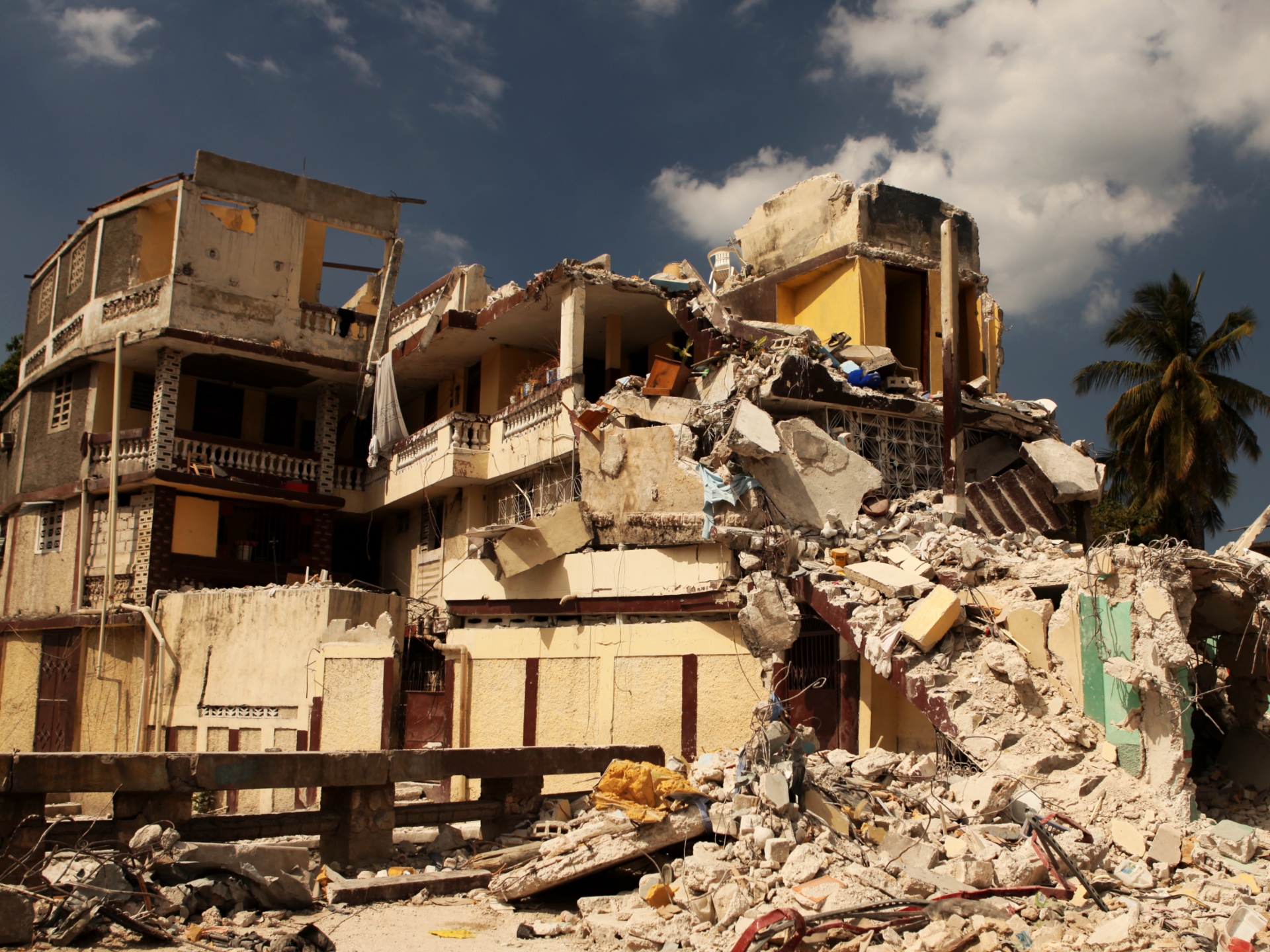
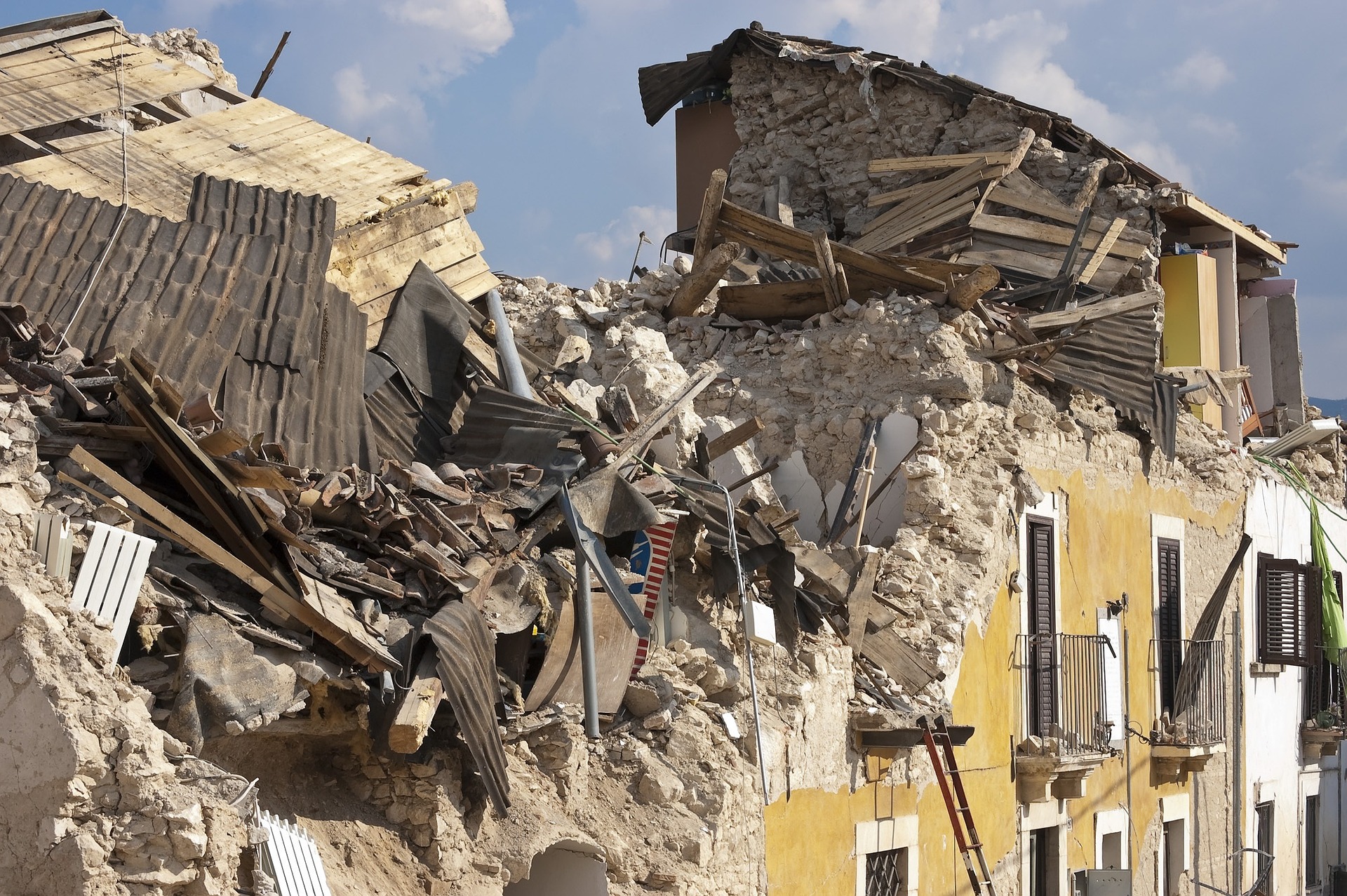
.jpg)
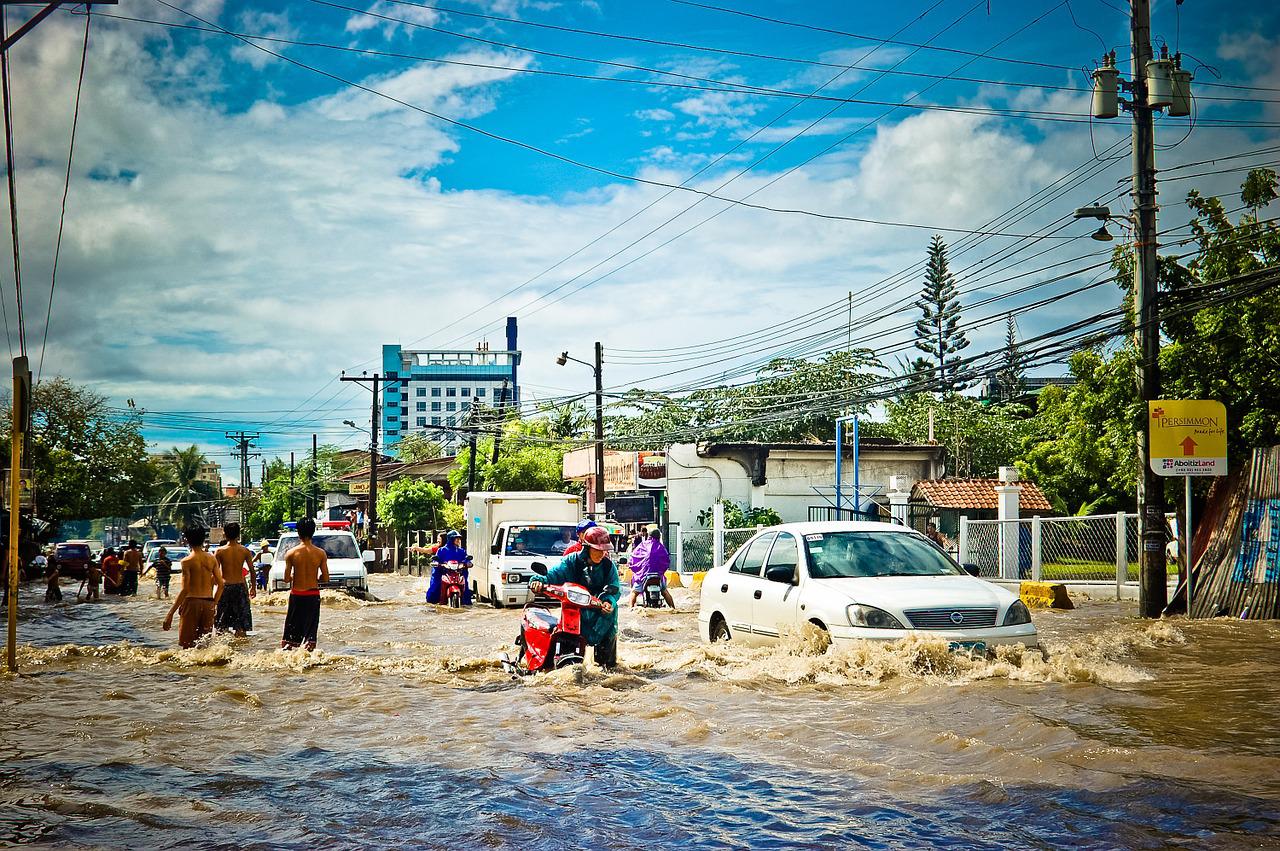
.jpg)
